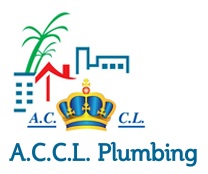As the world grapples with water scarcity, greywater systems have emerged as a viable solution for conserving water. In this article, we’ll explore how greywater systems can help reduce water consumption and promote sustainability.
What is Greywater?
Greywater refers to wastewater generated from sinks, showers, washing machines, and other household activities, excluding toilet wastewater.
How Greywater Systems Work
Greywater systems collect and treat greywater for reuse in irrigation, flushing toilets, and other non-potable purposes. These systems typically consist of:
1. Collection: Greywater is collected from household sources.
2. Treatment: Greywater is treated to remove contaminants and pathogens.
3. Storage: Treated greywater is stored for reuse.
4. Distribution: Treated greywater is distributed for irrigation, toilet flushing, or other non-potable purposes.
Benefits of Greywater Systems
1. Water Conservation: Greywater systems can conserve up to 50% of potable water used for irrigation and toilet flushing.
2. Reduced Water Bills: By reusing greywater, households can reduce their water bills.
3. Environmental Benefits: Greywater systems reduce the amount of wastewater entering sewage systems, minimizing the risk of water pollution.
4. Sustainable: Greywater systems promote sustainable water management practices.
Types of Greywater Systems
1. Simple Greywater Systems: Collect and distribute greywater without treatment.
2. Biological Greywater Systems: Use biological processes to treat greywater.
3. Mechanical Greywater Systems: Use mechanical filtration and treatment processes.
Conclusion
Greywater systems offer a practical solution for conserving water and promoting sustainability. By understanding how greywater systems work and their benefits, households can make informed decisions about implementing these systems.

